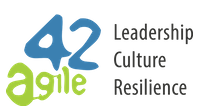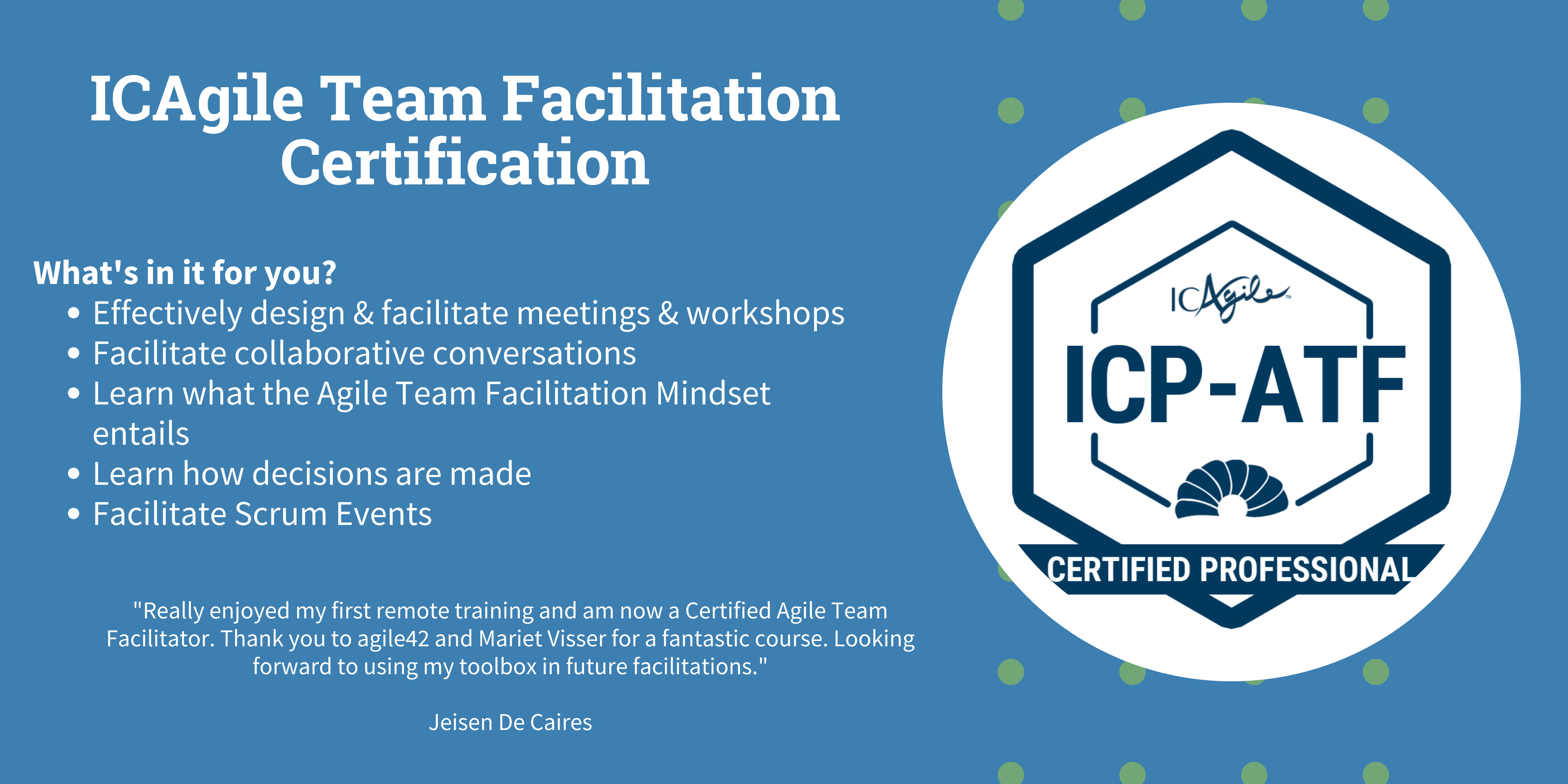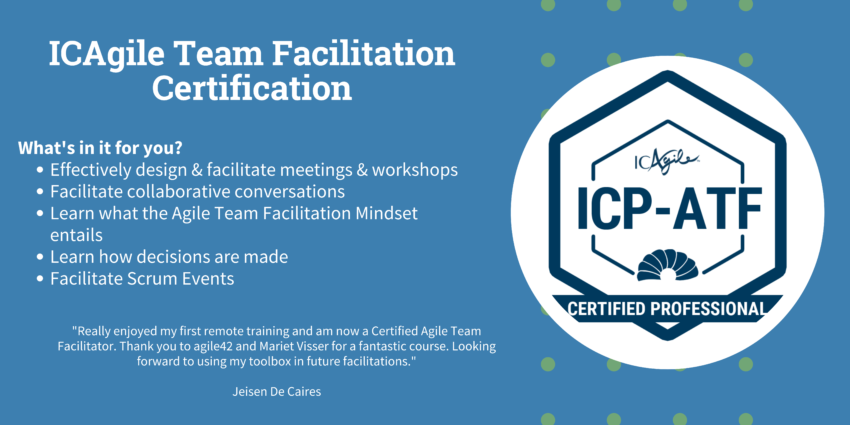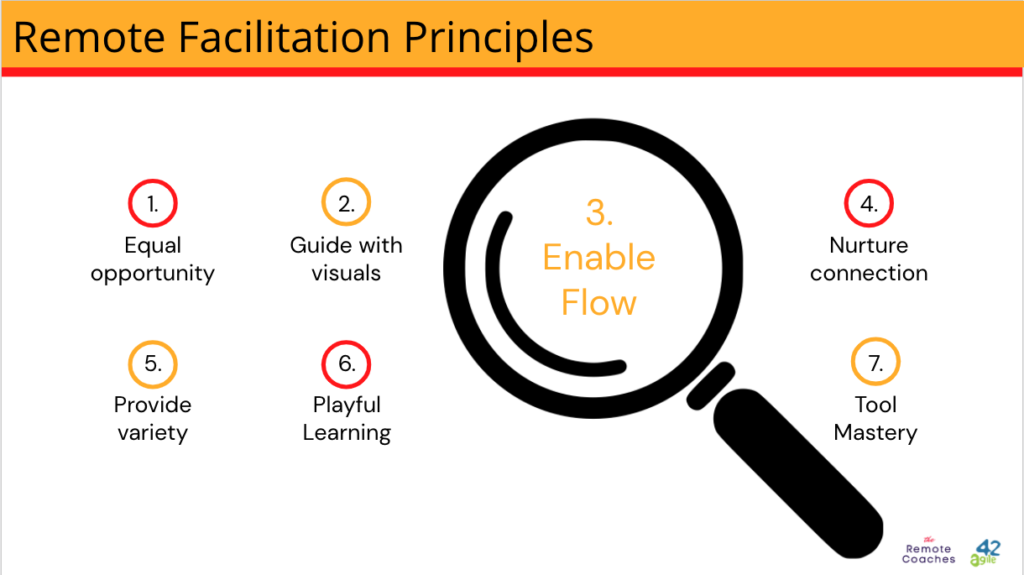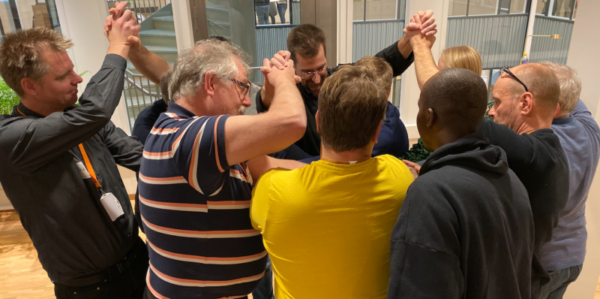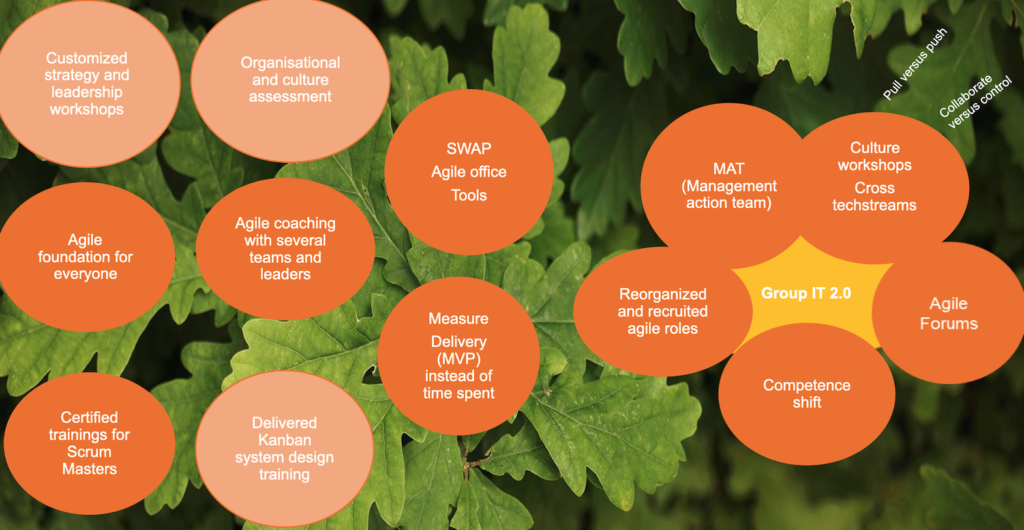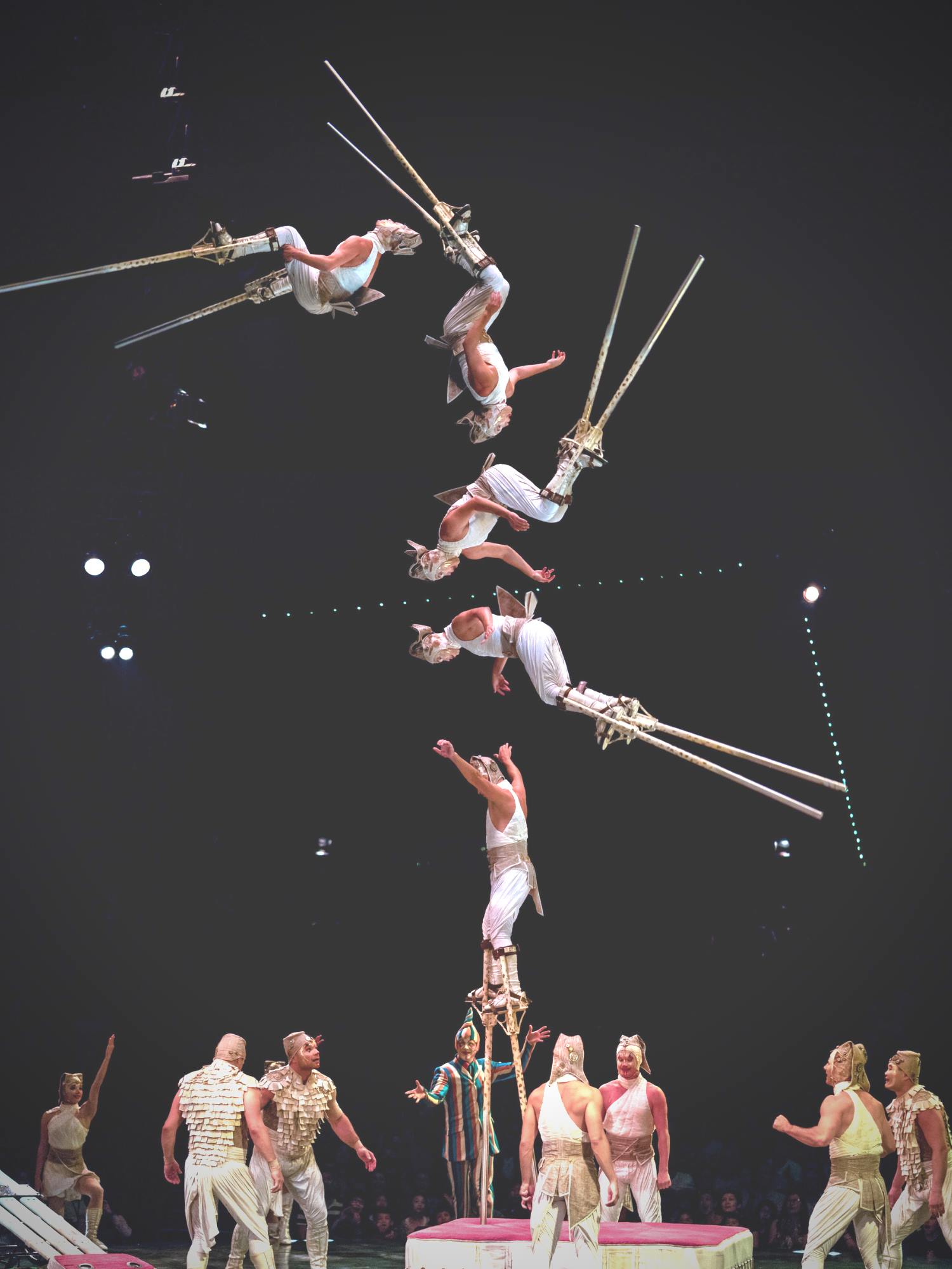50 Ways to Wreck Collaboration and What to do About it
/by Sofia SvanbäckWhat do chickens, defensiveness and collaboration have in common? I think that was a question which certainly peaked our audiences interest. Our latest webinar on “50 Ways to Wreck Collaboration and What to do About it” was a great success. Regina Martins, Mariet Visser and myself, were so pleased to see so many join the session!
As you heard in the last webinar of this series, collaboration is not a team sport - initially! Effective collaboration is key to building strong relationships & navigating the working landscape. Let’s recap what collaboration is. Regina referenced researchers' Vreede, Briggs & Kolfschoten (2008) definition of collaboration as “collaboration is making joint effort towards a goal”. It sounds simple but it is deceptively so. In reality it is not so easy to get right.
Regina explains in her blogpost why she believes collaboration isn't just a learned skill, instead it requires an intimate knowledge of our own defensive behaviours. By being self-aware we can recognise when our behaviour is creating blockers to forming collaborative relationships. During her presentation, she tapped into 50 of these defensive behaviours. Regina ran a poll with the audience on some of these behaviours and it was interesting to learn which of these behaviours were the most common:
- withdraw into deathly silence
- sarcasm
- high charge of energy in the body
- fast breathing/heatbeat
- wanting the last word
I think many of us can certainly relate to these.
As a guest in this webinar, Mariet delved into techniques & tips to improve collaboration. She mentions that collaboration is a skill we constantly need to work at and is something which evolves over time. As our context and the people with whom we work shifts, so does how we collaborate.
Our way of working together is not constant and is heavily influenced by our surroundings. For many of us over the past year, our surroundings have shifted from mostly in-person collaboration settings, to having to collaborate virtually. This has subsequently changed how many of our teams operate. - Mariet Visser
It is important to have a good collaborative environment, but how do we create one? Now more than ever before, Mariet thinks it comes down to being really explicit about how important collaboration is to the organization and to the team. These suggestions could act as a good starting point in creating a sound collaborative environment:
- By creating transparency around what we do and what we want to achieve.
- Having a shared vision, a shared goal, and collectively planning and executing the work that needs to happen in line with that goal.
- Co-creating a working agreement with the team.
- Frequently reflecting with the team on how we're working together to allow for continuous improvement.
- Pairing on work where possible - this adds perspective & diversity.
You can read more tips and tricks from the blogpost & video of Mariet published prior to the webinar.
We shared some useful links with you during the live session, and I would like to share them again with you here in this post. Let’s start with our upcoming and past webinars, which you can find here on our website. Feel free to share around the recordings with friends/colleagues who missed the live sessions with us.
We also mentioned our ICAgile Team Facilitation Certification (ICP-ATF) training designed to equip you with the necessary skills to create environments of high collaboration, passionate engagement, and where self-organization thrives. Mariet will be running the next remote training in May - we hope to see you there!
Stay up to date with all things Agile by following us on LinkedIn and subscribing to our monthly newsletter (scroll to bottom of page to sign up). As mentioned during the webinar, we’re launching our free agile42 Community! Join over a thousand agilists from around the world with a huge diversity of experiences, backgrounds and culture. Expand your toolbox within this unique, remote learning community.
If you missed the live session, don't panic! The recording is available online.
Feel free to watch it again and share with your network. It is also available on YouTube.
Below you will find the slides. Please also feel free to share around.
We hope you enjoyed the session and that we see you in our upcoming webinars. If you have any questions at all, feel free to contact us at any time!
